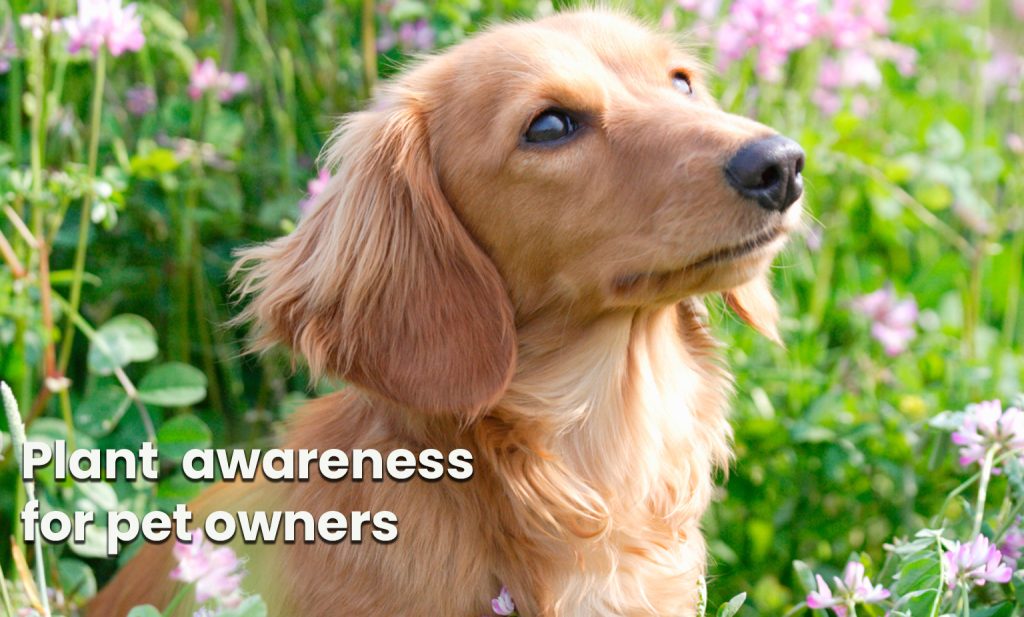
As pet owners, we want to keep our pets happy and healthy while they explore the outdoors and live alongside us in our homes. There is a wide range of indoor and outdoor plants that pets may come in contact with in their lifetime. These plants range in toxicity; some are low in toxicity, while others may be harmful and potentially life-threatening if eaten. It is important to remember that humans and pets are very different and even if a plant is considered to be safe or low in toxicity for humans, there may be harmful effects for pets.
Low toxicity plants are generally safe but may cause mild symptoms like nausea and vomiting if more than a small amount is eaten. More serious symptoms are unlikely to occur unless large amounts are eaten. Animals may be protected from some skin effects due to their fur. However, when grooming they may accidentally ingest plant material which has stuck to their fur.
We have compiled a list of plants for the home and garden which are considered to be low in toxicity for cats and dogs and have highlighted some common plants which may be harmful. We have also provided some tips below to help keep your pet safe around plants. The photos included are for illustration purposes only and should not be used for identifying plants.
Here are some tips
- Learn about plants that are already in your home and garden.
- Do your research when choosing new plants. Check the label for any warnings about the plant and ask garden center staff for advice. The UK’s Horticultural Trades Association has produced a list of potentially harmful garden and house plants which includes information on toxicity to pets https://hta.org.uk/potentiallyharmfulplants
- Keep the plant label safe so that you will have a record of the plant’s name if accidental poisoning is suspected.
- Train pets to avoid eating or chewing plants. If you are struggling with this, your vet or a trainer/behavioural expert may be able to advise you.
- Pets should be supervised around plants, particularly in a new environment. Be particularly mindful of puppies and kittens who are exploratory by nature and may eat or chew plants.
- If you have bulbs planted in your garden, remember their locations. Dogs may dig and ingest these even outside of their flowering season.
- Keep house plants and cut flowers out of reach of pets.
- Although some plants may be low in toxicity, they may present a physical hazard. For example, chewing branches and sticks may present a physical risk for dogs.
- Don’t rely on Plant Identification Apps when looking for information on plants as they’re not 100% accurate.
- If you suspect your pet may have been exposed to a potentially dangerous plant or you are unsure of the danger, consult your vet for advice.
The list below contains a selection of some widely known low toxicity plants and some plants which you should be particularly mindful of. These lists are non-exhaustive and do not include every harmful plant or every plant that is low in toxicity. The photos included are for illustration purposes only and should not be used to fully identify a plant.

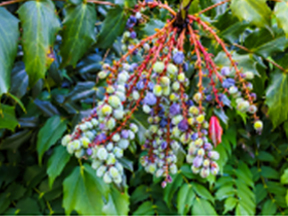
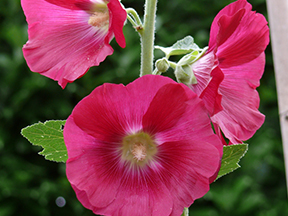
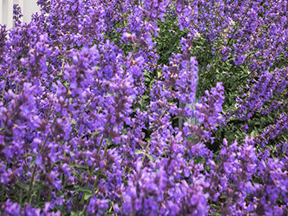
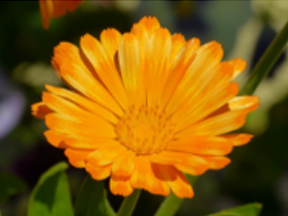
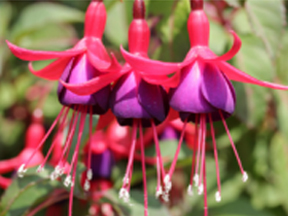

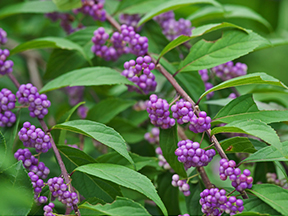

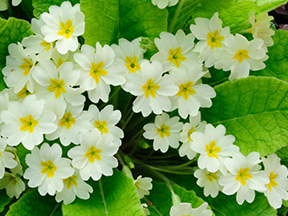
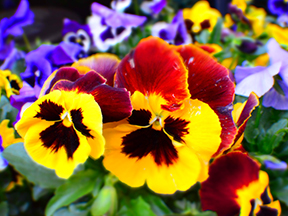
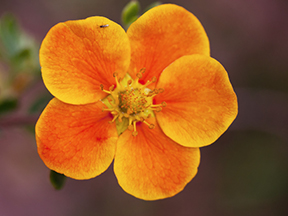
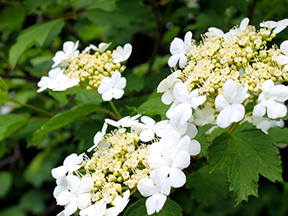
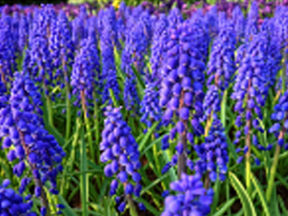

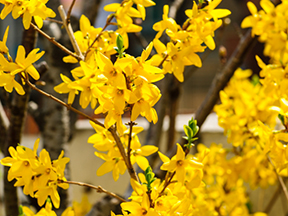


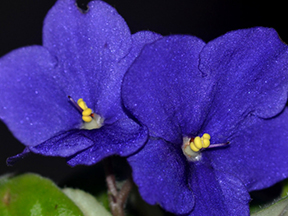

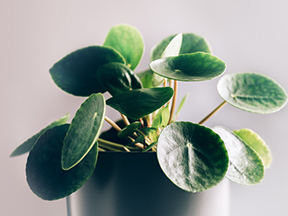
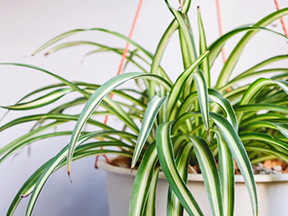
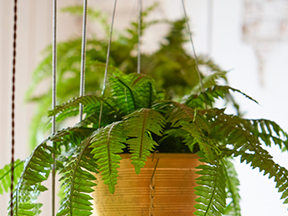
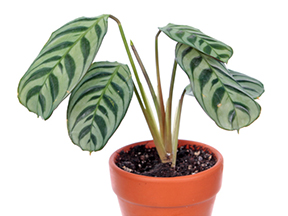
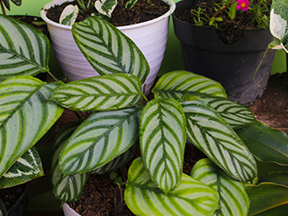
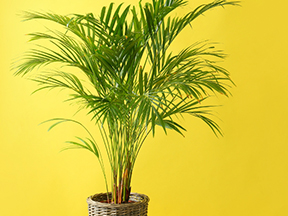

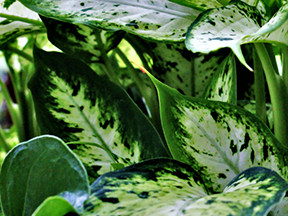
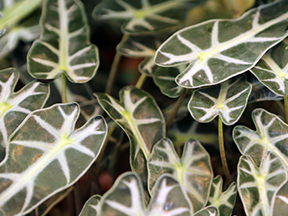
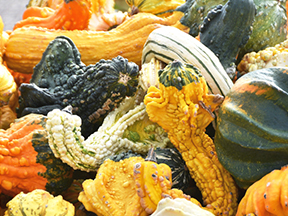
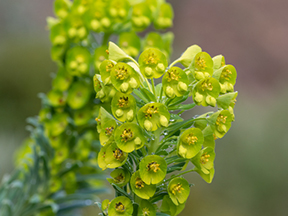


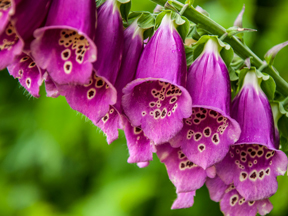

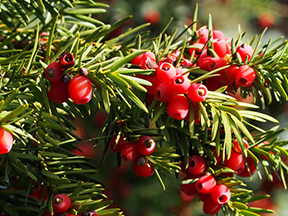
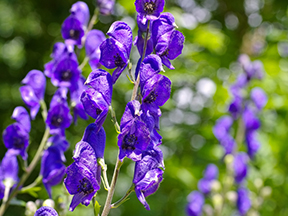
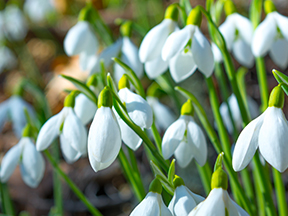
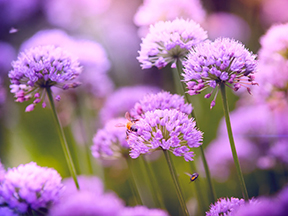

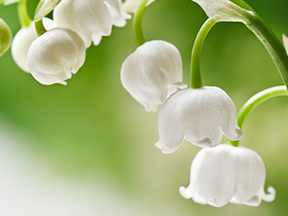


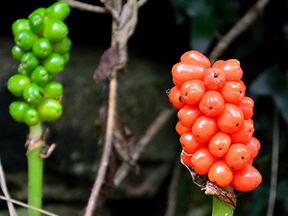
References
- Horticultural Trades Association (HTA) Guide to Potentially Harmful Plants, 3rd Edition (2022)
- BSAVA/VPIS Guide to Common Canine and Feline Poisons (2019). Gloucester: British Small Animal Veterinary Association (BSAVA).
- Poisonous plants. American Society for the Prevention of Cruelty to Animals® (ASPCA®)
Acknowledgement
Thanks to Elizabeth Dauncey for her help and expertise with the preparation of this document.
©The National Poisons Information Centre of Ireland 2023


